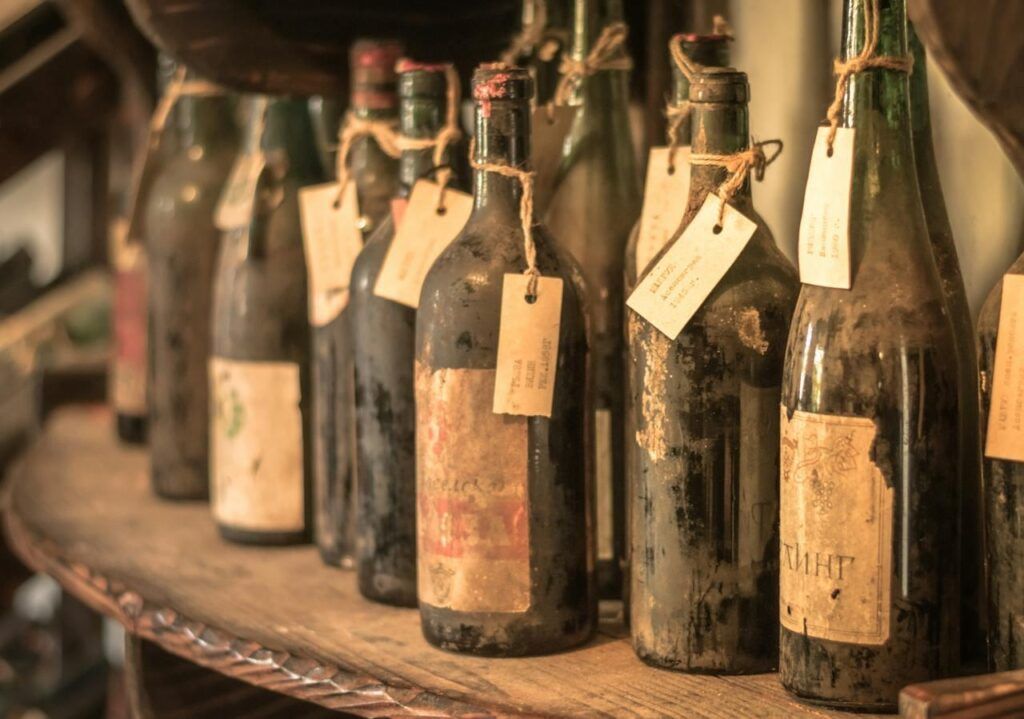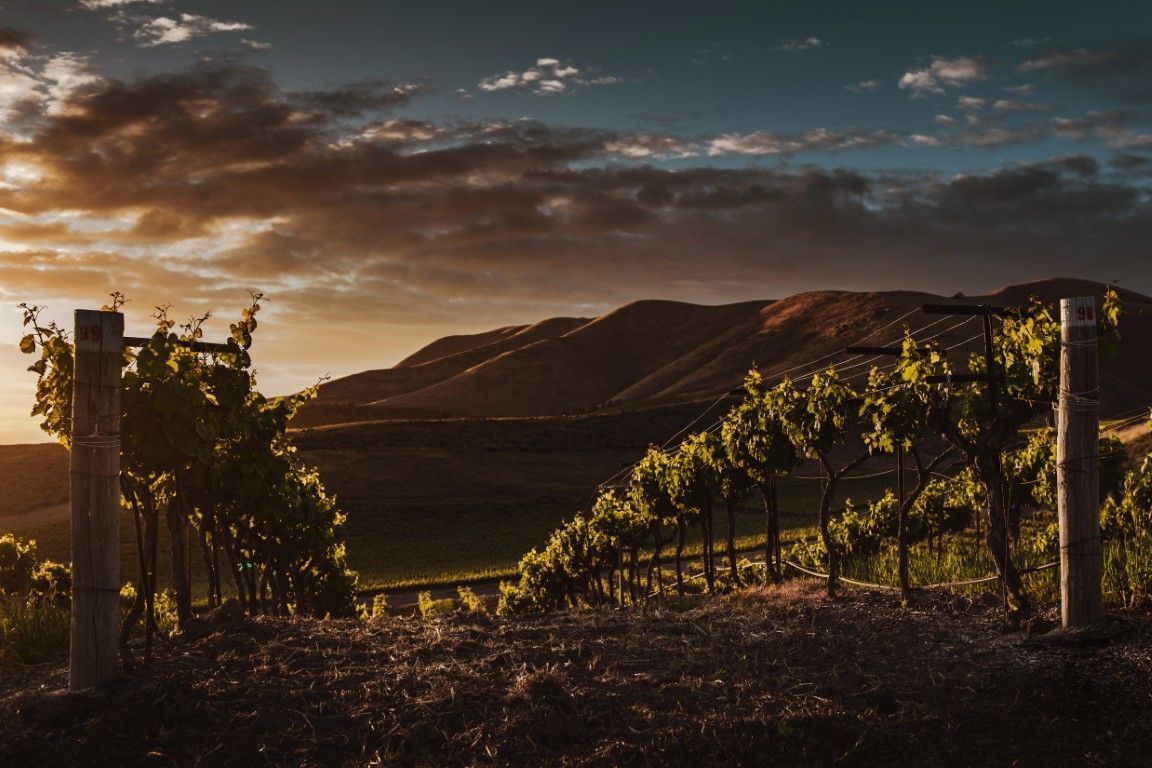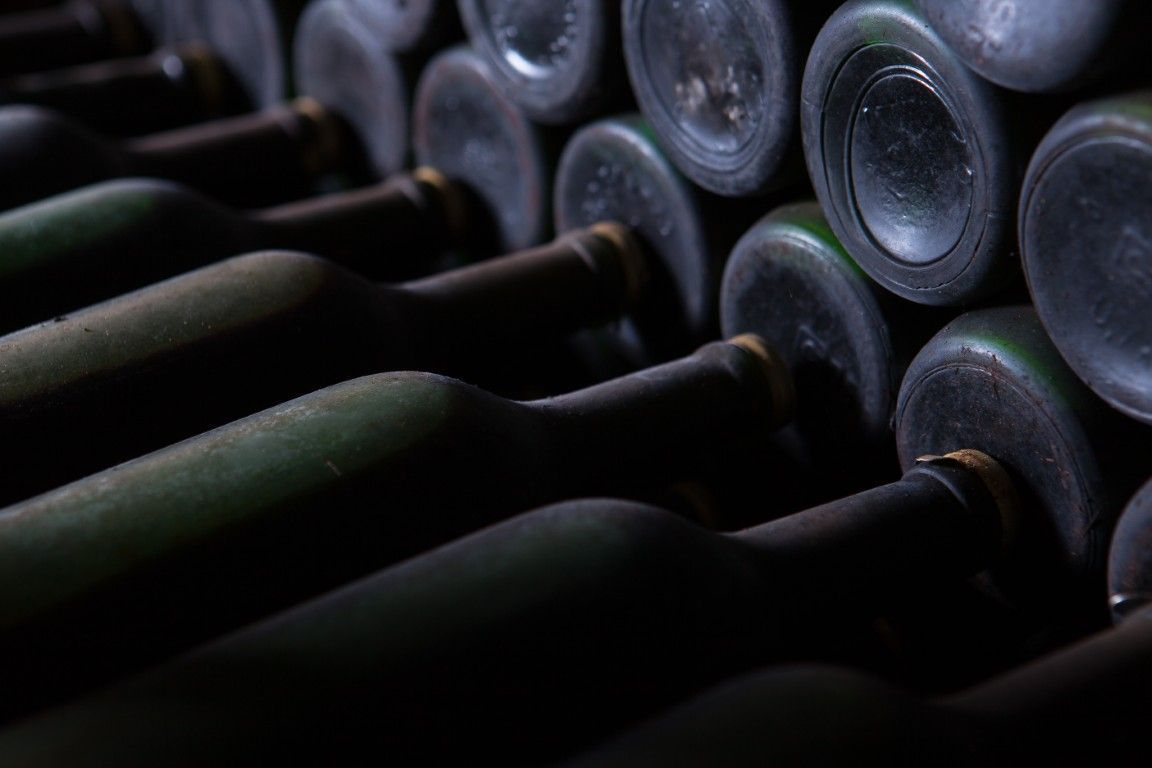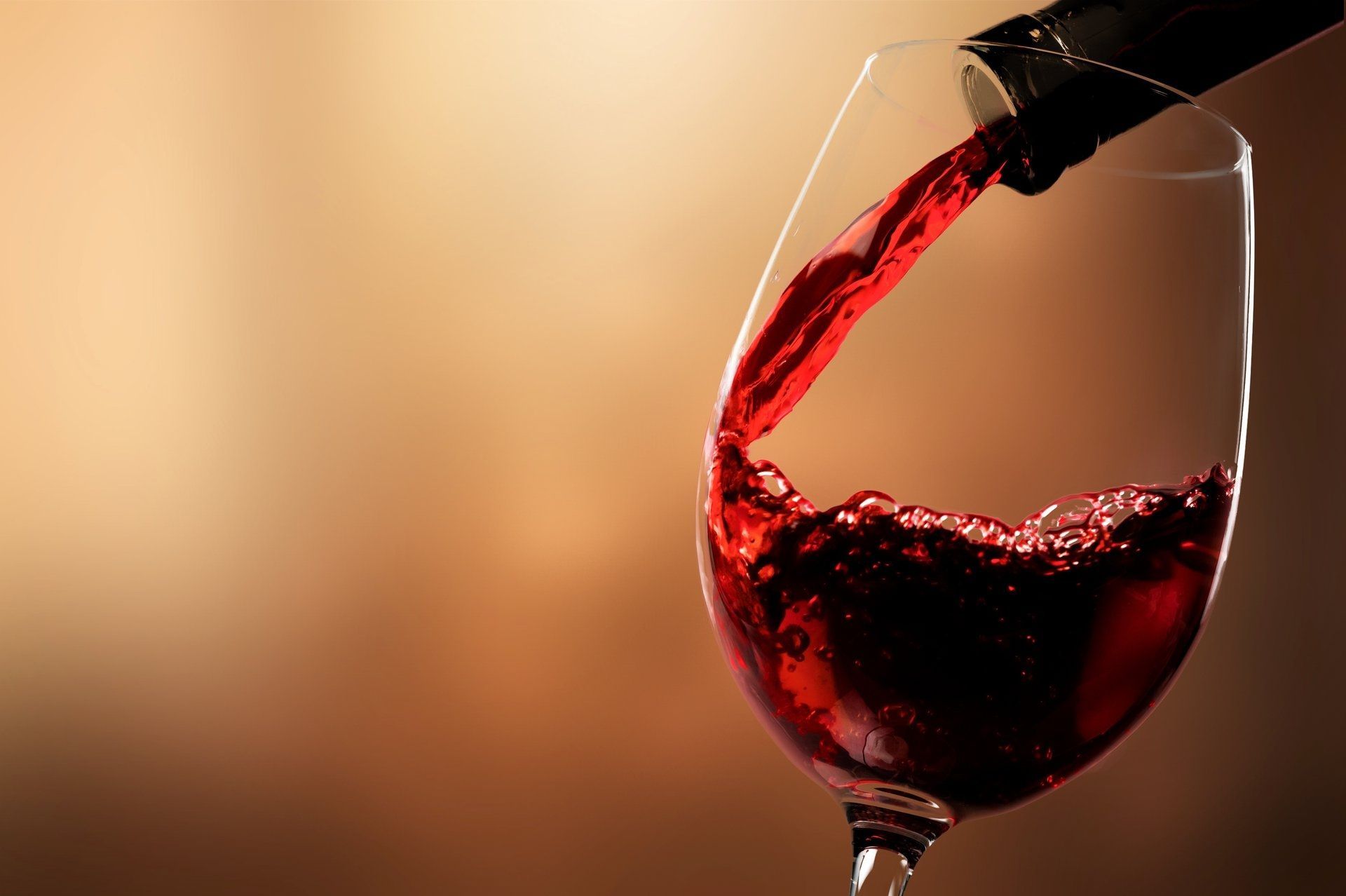Introduction to Wine Aging
Wine aging is one of the most fascinating processes in the world of winemaking. Although time plays a key role, not all wines improve with age. Determining the optimal time to enjoy a wine depends on several factors, including the type of wine, production methods, and storage conditions. Additionally, elements such as the type of closure used can make a significant difference in its evolution.
In this article, we’ll explore the factors that influence wine aging and how to determine when a wine is at its best for consumption. We’ll also debunk common myths and share useful tips for storing and enjoying a good wine.
Why Does Wine Improve with Age?
Wine is a living product that evolves over time thanks to chemical reactions occurring within it. During aging, tannins soften, aromas develop, and flavors integrate, resulting in a more complex and refined experience.
However, it’s important to note that not all wines are meant to age. Some, like young wines, are designed to be enjoyed within the first few years, while others, such as Gran Reserva wines, can reach their peak after several decades.
Factors That Influence Wine Aging
- Grape Variety: Some grapes, like Cabernet Sauvignon or Tempranillo, have a tannic structure that allows them to age well.
- Vinification Methods: Barrel aging, for example, adds notes of wood and vanilla to the wine while stabilizing it for long-term aging.
- Storage Conditions: Consistent temperature (12–16°C), darkness, and proper humidity are essential to preserve wine.
- Closure Type: The closure influences how the wine interacts with oxygen. Synthetic closures, like those made by Excellent Cork, ensure optimal preservation by preventing contaminants and offering excellent sealing.
Proper wine preservation doesn’t depend solely on temperature and humidity—it also depends on the type of closure used. A high-quality closure prevents premature oxidation and helps maintain the wine’s aromas and structure. At Excellent Cork, we offer a wide range of synthetic wine closures that guarantee optimal sealing while preserving the organoleptic properties of every bottle. Discover our innovative solutions designed to protect the essence of every wine. 🍷
Wine Classification by Aging Time

Young Wines: Characteristics and Ideal Consumption Time
Young wines are those that have not undergone barrel aging, giving them a fresh and fruity character. These wines are meant to be enjoyed within one or two years of production. Their aromatic profile is dominated by primary notes such as fresh fruits, flowers, and, in some cases, aromatic herbs.
Their light texture and refreshing acidity make them perfect for those looking for easy-to-drink wines. They pair well with light dishes such as salads, pasta, fish, or can be enjoyed at casual gatherings. Plus, thanks to their short aging time, they tend to be more affordable.
Synthetic closures are commonly used for these wines, as they effectively preserve primary aromas without the risk of oxidation.
Crianza Wines: Definition and Aging Period
Crianza wines offer a balance between freshness and complexity. To carry this label, the wine must spend at least one year in oak barrels and an additional year in the bottle before release. During this period, the wine gains more structure, softens its tannins, and develops secondary notes such as vanilla, spices, or cocoa from the wood.
These wines are very versatile for pairing and go well with red meats, stews, cured cheeses, and charcuterie. Their balanced character and moderate price make them popular among consumers looking for quality without overspending.
To maintain their quality, it’s essential to use closures that allow for slight micro-oxygenation, such as those offered by Excellent Cork, ensuring proper evolution in the bottle.
Reserva Wines: Aging Time and Distinctive Qualities
Reserva wines are a special category reserved for wines with strong aging potential. They require a minimum aging period of three years, with at least one year in oak barrels. This extended process creates more complex wines with a combination of ripe fruit notes and tertiary aromas such as leather, tobacco, spices, or dried fruits.
These wines are made for special occasions and are often paired with more elaborate meals such as roasts, game, or braised meats. Their structured and persistent mouthfeel makes them ideal for wine lovers seeking bold character.
The aging process requires a reliable closure, and high-quality closures—like advanced synthetic stoppers—guarantee perfect preservation, preventing issues like cork taint.
Reserva wines need impeccable storage conditions to reach their full potential. One key aspect is the closure, as it influences the wine’s micro-oxygenation during maturation. At Excellent Cork, we’ve developed innovative resealable stoppers, ideal for preserving the flavor and quality of wine even after opening. Perfect for those who enjoy exceptional wines on more than one occasion. 🍾
Gran Reserva Wines: Longevity and Organoleptic Profile
Gran Reserva wines are the crown jewel of wine aging. Produced only in exceptional vintages, they require a minimum of five years of aging, with at least two years in oak barrels. This extended process results in unique wines with extraordinary aromatic complexity and an unmatched sensory profile.
On the nose, Gran Reserva wines offer a wide array of tertiary aromas, including leather, truffle, dried fruits, spices, and fine wood. On the palate, they are elegant and enveloping, with polished tannins and a long-lasting finish.
Due to their exclusivity and sophistication, these wines are often served at formal dinners, important celebrations, or savored on their own to appreciate all their nuances. Their longevity heavily depends on proper storage—and the closure plays a crucial role. Excellent Cork, with its innovative synthetic stoppers, ensures the wine reaches its full potential without compromising its integrity over time.
How to Determine the Ideal Age to Drink a Good Wine
Determining the perfect moment to open a bottle depends on the type of wine and storage conditions. Following the producer’s recommendations and conducting tastings at different stages can help identify the ideal time.
Myths and Truths About Wine Age and Quality
Is Older Wine Always Better?
Not all wines improve with age. While some complex red and white wines can develop positively over time, many wines are designed to be enjoyed while young.
Wines That Don’t Benefit from Extended Aging
Light white wines, rosés, and young reds don’t significantly improve over time. Their freshness is their main appeal, so it’s best to enjoy them within a few years of bottling.
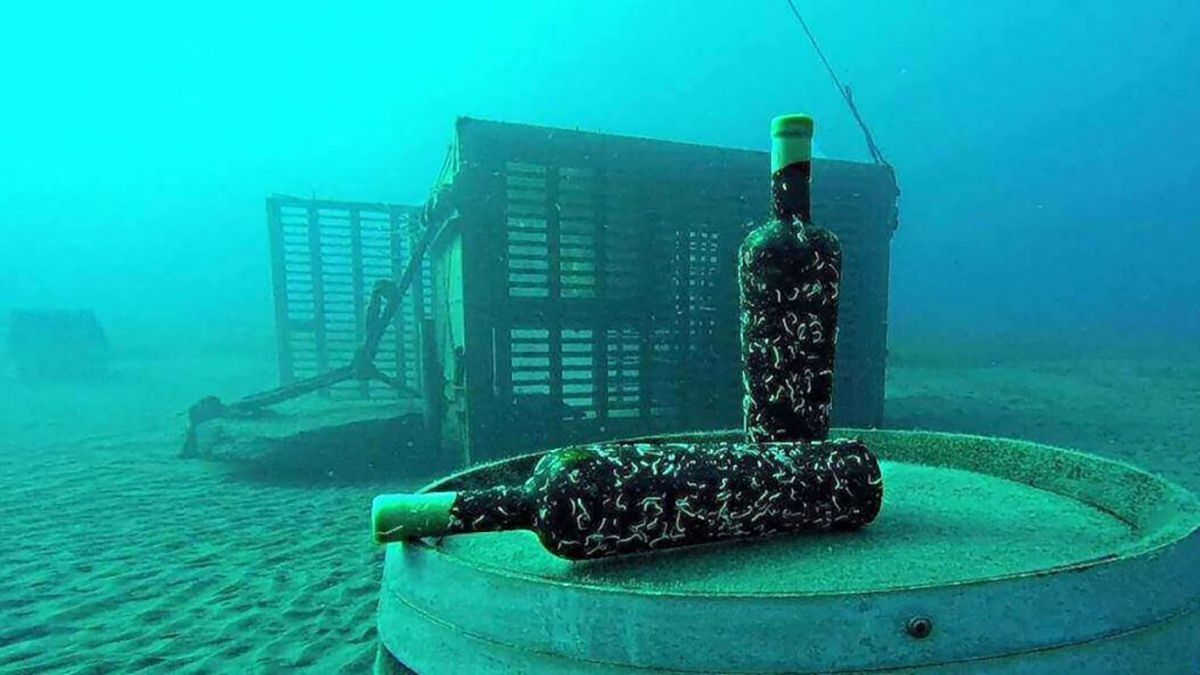
Wine aged under the sea
Tips for Storing and Enjoying Wine at Its Best
- Storage: Keep bottles horizontally, in a dark place with a constant temperature.
- Closure: Choose quality closures that guarantee proper preservation, such as Excellent Cork’s synthetic stoppers, which prevent contaminants like TCA.
- Serving: Open the wine in advance to let it breathe and reach its full potential.
If you want to preserve your bottles for years without losing quality, it’s essential to choose high-tech closures. Excellent Cork’s recyclable stoppers not only guarantee excellent preservation but are also made with sustainable materials that care for the environment. That way, you can enjoy a perfect wine while making a more responsible choice. 🌿🍷
Frequently Asked Questions About Wine Age and Quality
How Long Can an Unopened Bottle of Wine Last?
The shelf life of an unopened wine bottle depends largely on the type of wine and storage conditions:
- Young wines: Meant to be enjoyed fresh, they typically last 1–3 years.
- Crianza wines: If stored properly, they can stay in good condition for 5–10 years.
- Reserva and Gran Reserva wines: Thanks to their structure and aging process, they can last for decades if stored in a cool, dark place at a stable temperature.
Remember: storing bottles horizontally helps keep the closure moist and prevents air from entering the bottle and damaging the wine.
How Can You Tell If a Wine Is Past Its Prime?
There are clear signs that a wine has deteriorated:
- Vinegar smell: Indicates advanced oxidation or bacterial contamination.
- Musty cardboard aroma: Could be a sign of TCA contamination, known as “cork taint.”
- Dull or brown color: In white or rosé wines, this is a sign of oxidation.
- Lack of freshness on the palate: If the wine tastes flat or sour, it’s likely past its best.
If you notice any of these characteristics, it’s best not to drink the wine.
Is It Safe to Drink a Very Old Wine?
In general, yes. A properly stored wine should not be harmful to your health, even if it’s past its prime. However, its flavor, aroma, and texture may have deteriorated. If the wine is especially old, such as a Gran Reserva, it’s worth opening it carefully and tasting it to see if it still holds up.
What Types of Wine Are Ideal for Aging at Home?
Wines with high tannin content, acidity, and structure are the best candidates for long-term home aging. Examples include:
- Red wines: Varieties such as Cabernet Sauvignon, Tempranillo, Nebbiolo, and Syrah.
- Complex white wines: Barrel-aged Chardonnay or late-harvest Riesling.
- Fortified wines: Such as Port or Sherry, which have excellent aging capacity.
It’s essential to store them in optimal conditions to ensure proper evolution.
How Does the Closure Type Affect Wine Longevity?
The closure is a key component in wine preservation, as it controls the amount of oxygen that enters the bottle.
- Natural cork: Allows slight micro-oxygenation, ideal for wines that benefit from slow evolution.
- Synthetic stoppers: Provide tight sealing and avoid issues like TCA. Ideal for young wines or those meant for short- to medium-term storage.
Excellent Cork’s synthetic closures stand out for their innovation, ensuring the wine’s freshness and preserving its original characteristics without the risk of contamination.
Storing and enjoying a good wine is an art that blends knowledge and passion. With quality products and attention to detail, every bottle can become an unforgettable experience.


